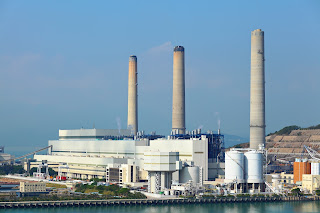 |
| Schematic for applying blowdown tank in steam system. Image courtesy Colton Industries |
A blowdown tank is designed as a receiver which vents flash steam to atmosphere and provides for cooling of the condensate prior to final discharge. A vent connection at the top of the tank is normally routed to a safe discharge location outdoors. In some cases, a condenser may be applied to the vented steam. The condensate collects in the tank and cools as heat is radiated from the tank walls, generally steel or stainless steel. Faster cooling can be accomplished with the incorporation of a thermostatic cooling valve that mixes cold water with the condensate.
The blowdown tanks have no moving parts and few requirements for maintenance. Good practice calls for periodic inspection for wall erosion and corrosion. An inspection hatch provides access to the tank interior.
Share your steam system requirements and challenges with specialists, leveraging your own knowledge and experience with their product application expertise to develop effective solutions.



